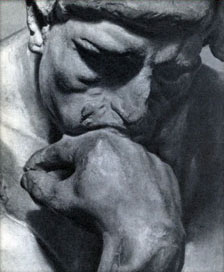Moore’s paradox as first discussed by G. E. Moore, the perplexity involving assertion of what is expressed by conjunctions such as ‘It’s raining, but I believe it isn’t’ and ‘It’s raining, but I don’t believe it is’. The oddity of such presenttense first-person uses of ‘to believe’ seems peculiar to those conjunctions just because it is assumed both that, when asserting – roughly, representing as true – a conjunction, one also asserts its conjuncts, and that, as a rule, the assertor believes the asserted proposition. Thus, no perplexity arises from assertions of, for instance, ‘It’s raining today, but I (falsely) believed it wasn’t until I came out to the porch’ and ‘If it’s raining but I believe it isn’t, I have been misled by the weather report’. However, there are reasons to think that, if we rely only on these assumptions and examples, our characterization of the problem is unduly narrow. First, assertion seems relevant only because we are interested in what the assertor believes. Secondly, those conjunctions are disturbing only insofar as they show that some of the assertor’s beliefs, though contingent, can only be irrationally held. Thirdly, autobiographical reports that may justifiably be used to charge the reporter with irrationality need be neither about his belief system, nor conjunctive, nor true (e.g., ‘I don’t exist’, ‘I have no beliefs’), nor false (e.g., ‘It’s raining, but I have no evidence that it is’). So, Moore’s paradox is best seen as the problem posed by contingent propositions that cannot be justifiably believed. Arguably, in forming a belief of those propositions, the believer acquires non-overridable evidence against believing them. A successful analysis of the problem along these lines may have important epistemological consequences. See also CONTIN- GENT, EPISTEMOLOGY, EVIDENCE , JUSTIFICA – TION , MOORE , PARADOX , PROPOSITION , RA – TIONALITY, REASONS FOR BELIEF. C.d.A.
